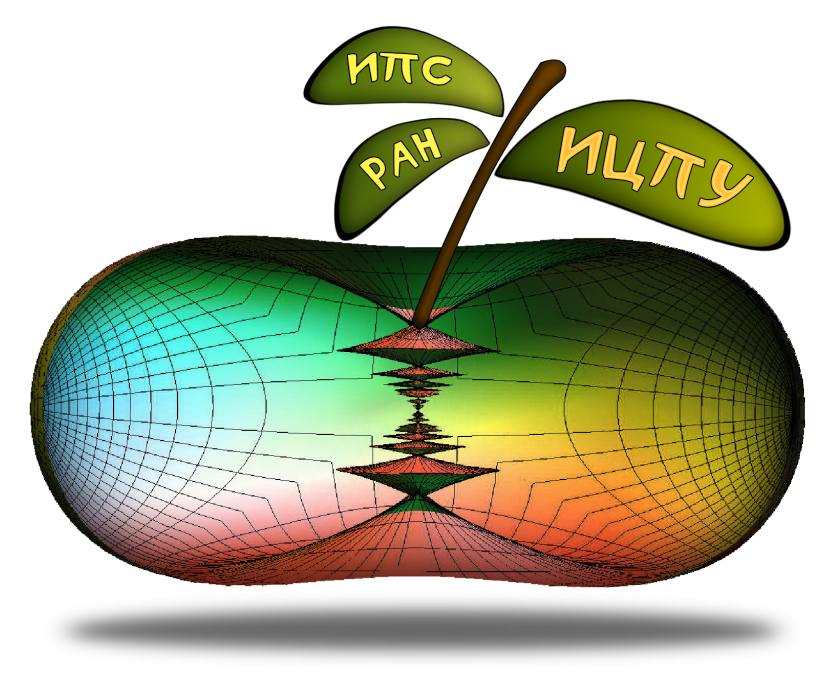We consider a two-driving wheel mobile robot with a trailer on a plane. Possible positions are given by $$q = (x,y,\theta, \varphi) \in M$$, where $$(x,y) \in \mathbb{R}^2$$ is a midpoint of the robot and $$\theta, \varphi \in S^1$$ are angles of orientation of the robot and the trailer. The kinematic model reads as
$$\dot{x} = u_1 \cos \theta, \quad \dot{y} = u_1 \sin \theta, \quad \dot{\theta} = u_2, \quad \dot{\varphi} = — u_1 \frac{\sin \varphi}{l_t} — u_2 \left(\frac {l_r \cos \varphi}{l_t} + 1\right), \quad \operatorname{(1)} $$
where $$u_1$$ and $$u_2$$ are, respectively, linear and angular velocities of the robot as controls; $$l_t$$ and $$l_r$$ are constants defining the geometry of the hooking up system. The motion planning problem is to find controls $$u_1(t)$$, $$u_2(t)$$ that steer (1) from a given initial configuration $$q_0 \in M$$ to a given final one $$q_1 \in M$$, i.e., to find a path $$q(t)$$, s.t.
$$ q (0)= q_0=(x_0, y_0, \theta_0, \varphi_0), \qquad q (t_1) = q_1=(x_1, y_1, \theta_1, \varphi_1). \quad \operatorname{(2)}$$
The method of nipotent approximation is used. The corresponding nipotent problem is a sub-Riemannian (SR) problem on Engel group. We propose an iterative scheme to solve the motion planning problem (1)-(2), where on each iteration the optimal controls for the nilpotent system are applied to (2). The method converges if $$q_0$$ and $$q_1$$ are close enough. Moreover, the obtained trajectory is close to optimal in terms of $$\int_0^{t_1} \sqrt{u_1^2 + \alpha^2 u_2^2} \ d t \to \min$$, with $$\alpha>0$$.
Mathematical Control Theory
with a special session in honor of Gianna Stefani
Porquerolles, June 27th-30th 2017

